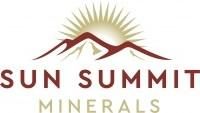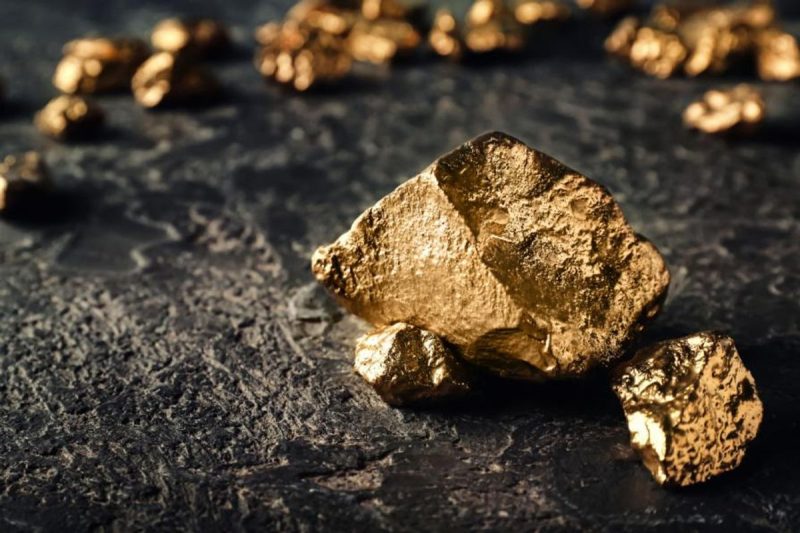

Both major and junior gold stocks are seeing heightened interest in 2025 amid a surging gold price, which has climbed more than 50 percent since the start of the year and set dozens of new record highs along the way.
The yellow metal’s staggering rise has been fueled by numerous factors, including economic chaos caused by an ever-changing US trade and tariff policy, uncertainty stemming from geopolitical conflicts in the Middle East and Eastern Europe and, most recently, the shutdown of the US federal government.
These events have driven investors to look to safe-haven assets like gold as a hedge to provide greater stability to their portfolios, and experts have weighed in on just how high gold could rise.
What does this gold bull run mean for junior gold companies?
Data for this article was retrieved on December 1, 2025, using TradingView’s stock screener, and only companies with market capitalizations greater than C$10 million at that time are included.
1. San Lorenzo Gold (TSXV:SLG)
Year-to-date gain: 641.18 percent
Market cap: C$55.06 million
Share price: C$0.80
San Lorenzo Gold is an exploration company working to advance its Salvadora project in the Chañaral province of Chile. The property consists of 25 exploration and nine exploitation concessions covering an area of 8,796 hectares, and hosts a large copper and gold porphyry system with several significant targets.
According to the project page, the site geology resembles that of the nearby Codelco-owned Salvador copper mine, which has operated since the early 1950s and is expected to continue until the mid-2060s following an expansion.
San Lorenzo’s share price gained significantly in the first quarter starting on March 3, when the company announced a significant discovery hole, the first of three holes drilled at Salvadora’s Cerro Blanco gold-copper target.
The discovery hole demonstrated an average grade of 1.04 grams per metric ton (g/t) gold over a broad 153.5 meters starting at a depth of 229 meters, including an intersection grading 12.78 g/t gold over 3.8 meters.
The same day, it also released partial results for the first of three holes drilled at its Arco de Oro gold target. They returned multiple instances of high-grade gold, including 5.61 g/t gold over 6.6 meters at a depth of 15.7 meters and 4.8 g/t gold over 23.3 meters 174.4 meters from surface.
Assays for the remaining holes were released in mid-March and April, respectively. San Lorenzo released the most recent results from exploration on August 6, reporting that an induced polarization geophysical survey at Salvadora identified multiple prospective anomalies that would be the focus of its upcoming drill program.
San Lorenzo announced on September 24 that it initiated the aforementioned drill program, with plans in place for a minimum of three holes at Cerro Blanco and four holes at Arco de Oro.
After leveling out in Q2, company shares began gaining momentum in early August, largely continuing to move through the rest of Q3 and into Q4. Shares of San Lorenzo jumped to a year-to-date high of C$0.86 on October 23.
2. Prospector Metals (TSXV:PPP)
Year-to-date gain: 833.31 percent
Market cap: C$129.56 million
Share price: C$1.12
Prospector Metals is exploring its flagship ML gold project near Dawson City in Yukon, Canada.
The 10,869 hectare property is located within the Tintina Gold Belt, which hosts significant historic mining operations and current exploration and development projects. The ML project’s Skarn Ridge and North Vein targets were the focus of significant historical work through 2008, including 117 diamond drill holes. According to Prospector, historical work also led to the discovery of more than two dozen untested high-grade gold surface occurrences.
A maiden drill program at the site commenced on June 23, with the primary focus on the Bueno target, which delivered rock samples with grades up to 156 g/t during May 2025 exploration. The program will include testing of six targets, including Bueno, identified during the company’s 2024 exploration program.
After trending upwards throughout the year from their start of C$0.12, shares of Prospector surged from C$0.31 to C$1.17 when it reported the discovery of the new TESS gold-copper zone on October 1. The company reported a drill hole intersected the broad, high-grade zone, with an average grade of 13.79 g/t gold from 62 meters to 106 meters downhole, including 288 g/t over 1 meter within 21.93 g/t over 24.65 meters. The hole also intersected the North Vein zone from 138 meters to 145.36 meters downhole, over which it had an average grade of 5.69 g/t gold.
Prospector CEO Rob Carpenter said, “The discovery represents an exciting new style of gold mineralization for the ML project. The high-grade and near surface intercept occurs within a distinct zone that is coincident with a diagnostic surface geochemical signature.” He indicated that the company has traced the trend on the surface for at least 500 meters.
Shares of Prospector reached a year-to-date high of C$1.30 the following day.
On November 26, Prospector reported the final assays from its drill program, including an interval at the TESS Zone grading 7.29 g/t gold and 0.91 percent copper over 14 meters, as well as one in the Skarn Ridge Zone that graded 2.04 g/t gold and 0.42 percent copper over 27 meters. Carpenter said the company is planning a fully funded drill program to extend the zones along trend and test new targets.
3. PPX Mining (TSXV:PPX)
Year-to-date gain: 785.71 percent
Market cap: C$219.63 million
Share price: C$0.31
PPX Mining is a precious metals company that is focused on its Igor project, which contains the operating Callanquitas underground mine, located in the Otuzco province of Northern Peru.
An updated resource estimate for Callanquitas released by the company in January 2024 showed a measured and indicated oxide resource of 81,090 ounces of gold and 2.9 million ounces of silver. The inferred resource as sulfides stands at 34,450 gold equivalent ounces from ore grading 4.63 g/t gold equivalent.
According to a prefeasibility study for Igor amended in January 2022, the 1,300 hectare site previously hosted small-scale mining operations and holds a 50 MT per day gold-processing plant from the 1980s.
In November 2024, PPX started construction of a 350 metric ton per day carbon-in-leach and flotation plant that will be used to process oxide and sulfide ore from Callanquitas.
The latest construction update came on September 24, when the company said development was continuing at an accelerated pace while it worked on parallel activities. These advancements included the installation of leach tanks and the assembly of the crushing line. In all, the PPX reported that construction was 55 percent complete.
Meanwhile, exploration at Callanquitas carried on during the third quarter, with PPX reporting assay results on August 20. In that release, the company said it had encountered a highlighted grade of 3.55 g/t gold over 4.2 meters, which included an intersection of 5.16 g/t gold over 2 meters.
Additionally, PPX announced on September 11 that it had closed an upsized non-brokered private placement for gross proceeds of C$2.58 million, which will be used for ongoing exploration at Callanquitas.
The following month, the company announced a binding letter of intent with Glencore (LSE:GLEN,OTC Pink:GLCNF) for a strategic investment, offtake agreement and technical collaboration, which it closed in December.
The investment results in gross proceeds of C$19.92 million for PPX, which will be used to advance a variety of work at the project, including the construction, commissioning and start-up of the plant. Additionally, under the agreement, Glencore has the right to acquire 100 percent of precious metals concentrate from the Igor project and plant beginning once the plant is commissioned.
Shares of PPX Mining reached a year-to-date high of C$0.48 on October 8.
4. Pelangio Exploration (TSXV:PX)
Year-to-date gain: 728.57 percent
Market cap: C$56.03 million
Share price: C$0.29
Pelangio Exploration is a gold exploration company with projects in Ghana and Canada. In Ghana, it owns two large-scale gold projects, the Manfo property and the Obuasi property. The latter is located 4 kilometers along strike and adjacent to AngloGold Ashanti’s (NYSE:AU,JSE:ANG) high-grade Obuasi mine.
Much of Pelangio’s market moving news came in the second half of the year.
In July, the company kicked off a high-resolution aeromagnetic drone survey at its Manfo and Nkosuo deposits. The following month, Pelangio announced the completion of an updated mineral resource estimate for Manfo covering four gold deposits, including the Nkasu deposit, which was not included in the maiden resource estimate.
The updated resource shows a total indicated mineral resource of 441,000 ounces of gold at an average grade of 1.16 g/t gold, up 126 percent from the maiden resource estimate, and a total inferred mineral resource of 396,000 ounces of gold at an average grade of 0.77 g/t gold, up 395 percent.
In September, Pelangio shared its plans for a US$7.6 million staged exploration program including up to 45,000 meters of drilling. Then, on October 22, the company closed the last tranche of a non-brokered private placement for gross proceeds of C$4.5 million.
Shares of Pelangio reached a year-to-date high of C$0.29 on December 1.
5. Kirkland Lake Discoveries (TSXV:KLDC)
Year-to-date gain: 650 percent
Market cap: C$49.97 million
Share price: C$0.30
Kirkland Lake Discoveries is a gold and copper exploration company focused on projects in its district-scale land package located in the Kirkland Lake area of Ontario, Canada.
Its holdings span an area of approximately 38,000 hectares in the Abitibi Greenstone Belt and are broadly divided into KL West and KL East, which contain the Goodfish-Kirana and Lucky Strike gold projects, respectively, among others.
On April 29, the company expanded KL West’s southern portion by entering into a mining option agreement with Val-d’Or Mining (TSXV:VZZ) to acquire a 100 percent interest in the Winnie Lake and Amikougami properties, and mining claim purchase agreements with two vendors for further claims around the Winnie Lake Pluton.
On August 6, Kirkland Lake initiated the inaugural diamond drill program at the site, designed to follow up on historic drill results and recent surface exploration. Early results from the program came on August 12 when the company reported the discovery of an intrusion-related system at KL West’s Winnie showing.
Next, on August 26, Kirkland expanded the mineralized system after intersecting semi-massive and massive sulfide mineralization across three additional holes at KL West, with assay results pending.
On September 23, Kirkland Lake announced a C$7 million private placement with a significant portion coming from investors Eric Sprott, Rob McEwen and Crescat Capital. It had been upsized to C$14 million as of October 3.
Drilling at KL West resulted in a new gold discovery 2 kilometers northeast of the Winnie Shaft, the company reported on October 27, which Kirkland says is an intrusive-related mineralizing system centered on the Winnie Pluton with a 17 kilometer perimeter. The testing confirmed a distinct and coexisting copper-rich massive sulfide system as well.
In late November, Kirkland commenced a fully funded 25,000 diamond drill program focused on KL West and ‘surrounding structures associate with the Winnie Lake Stock.’
Shares of Kirkland Lake reached a year-to-date high of C$0.39 on October 28.
Securities Disclosure: I, Melissa Pistilli, hold no direct investment interest in any company mentioned in this article.

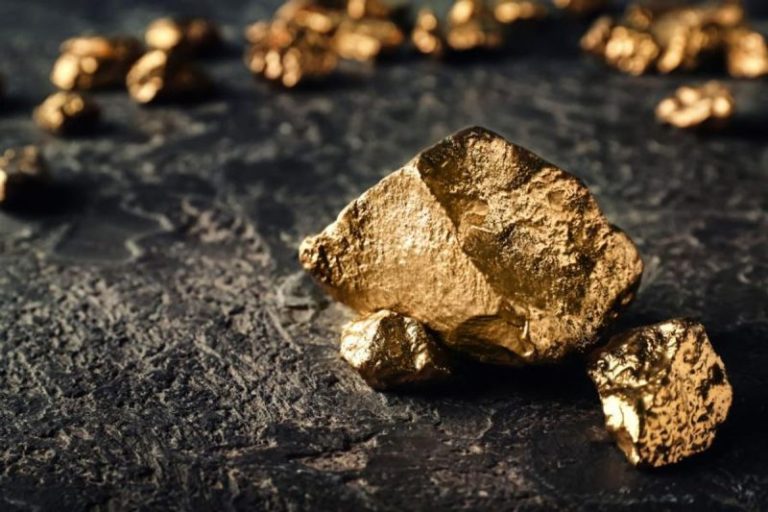
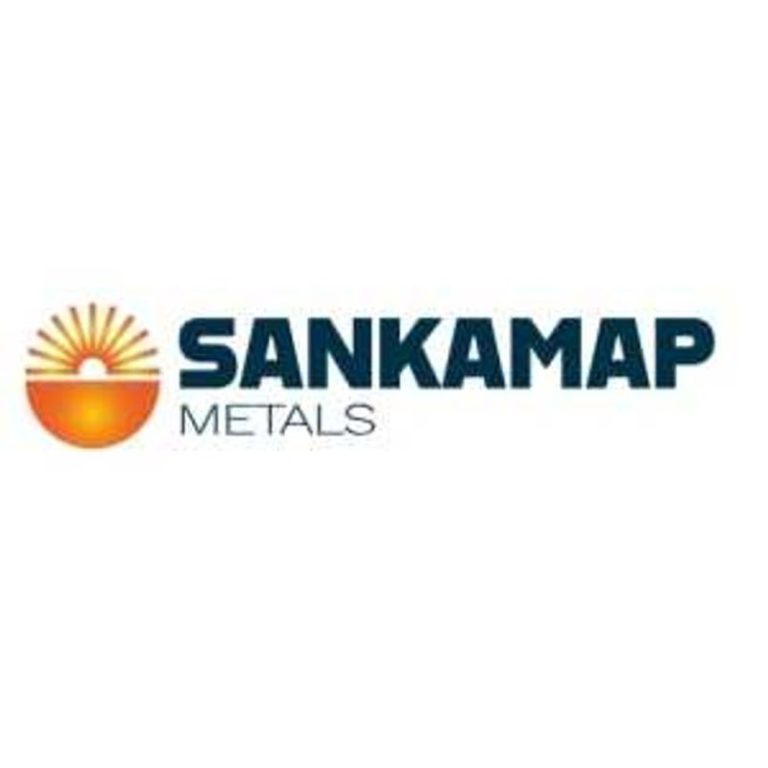
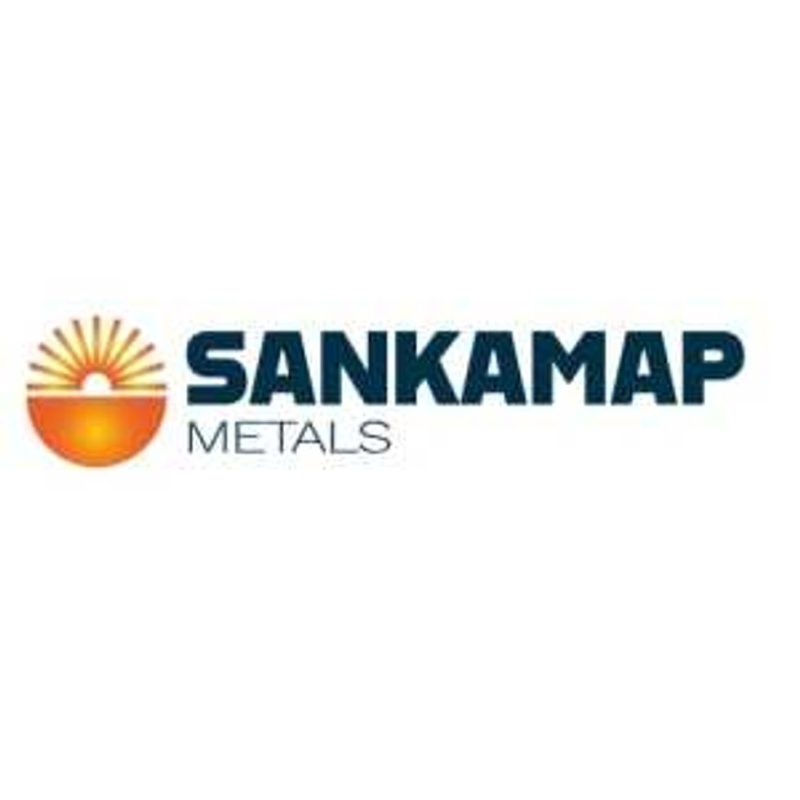
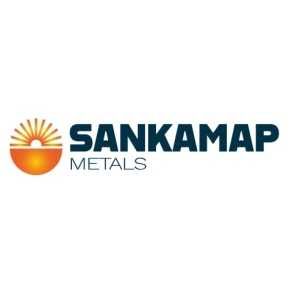

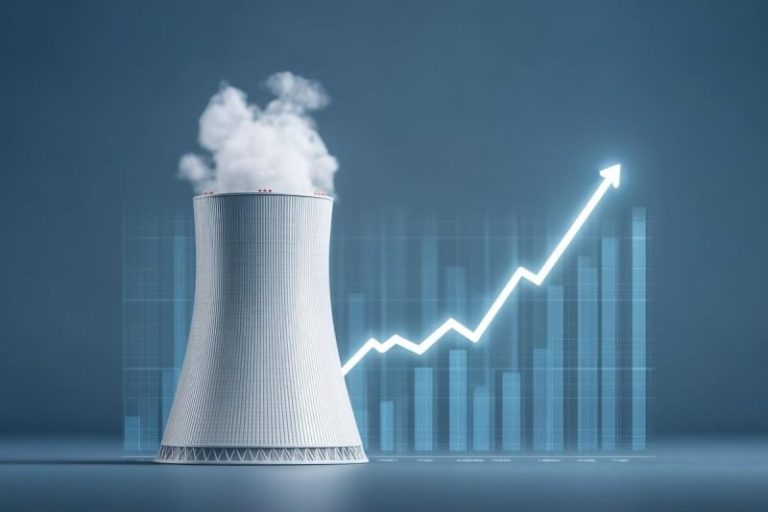
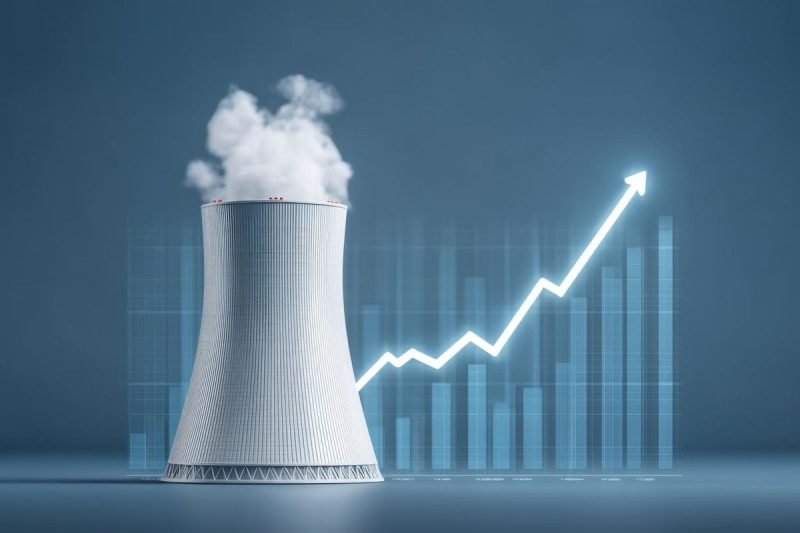
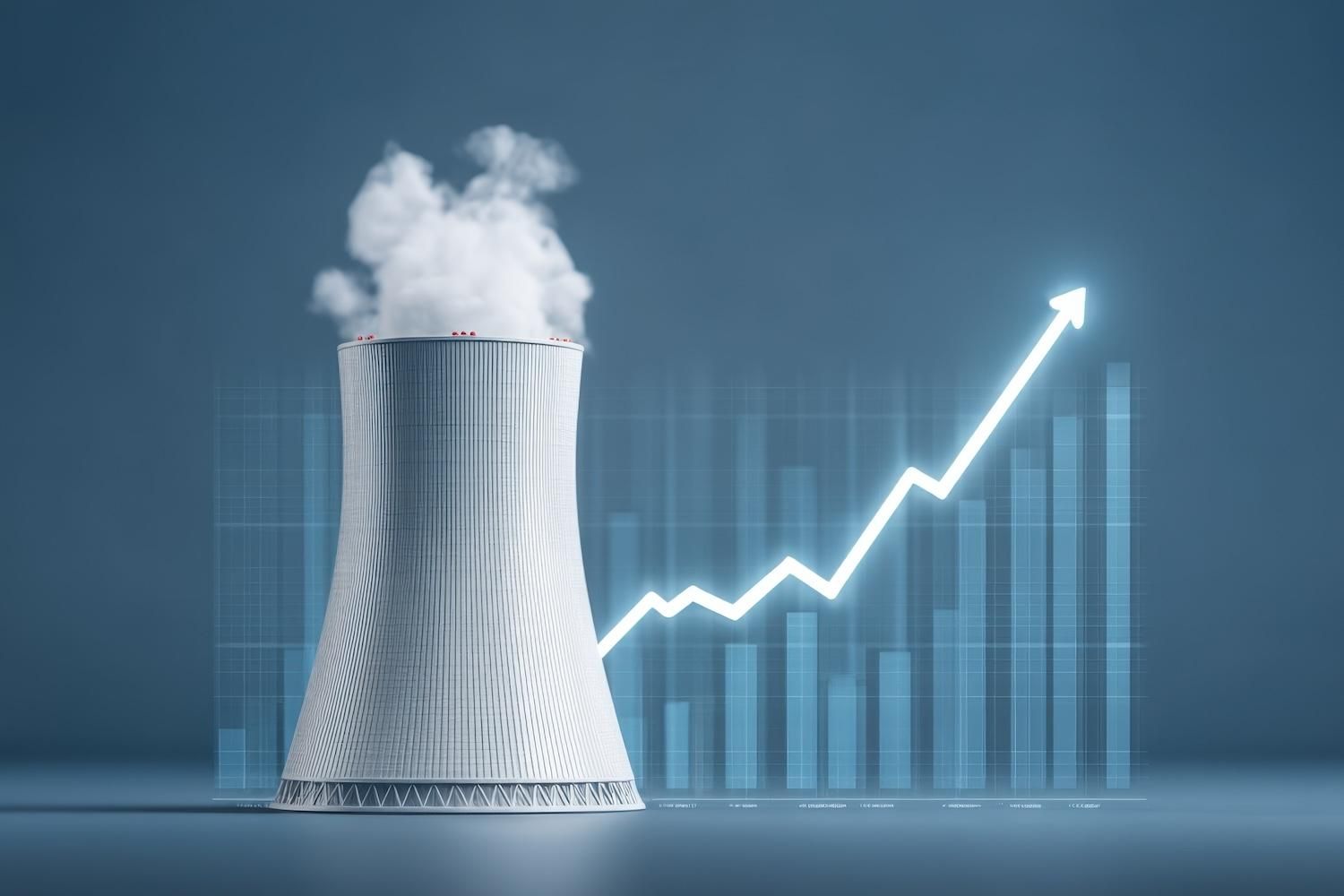

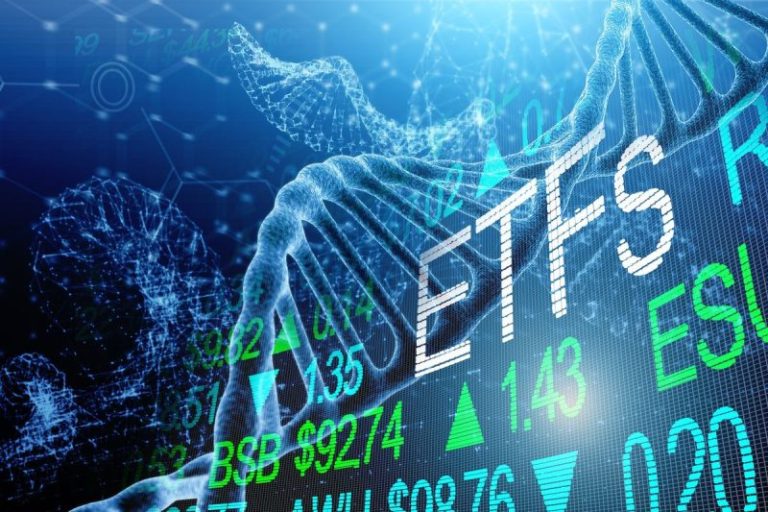
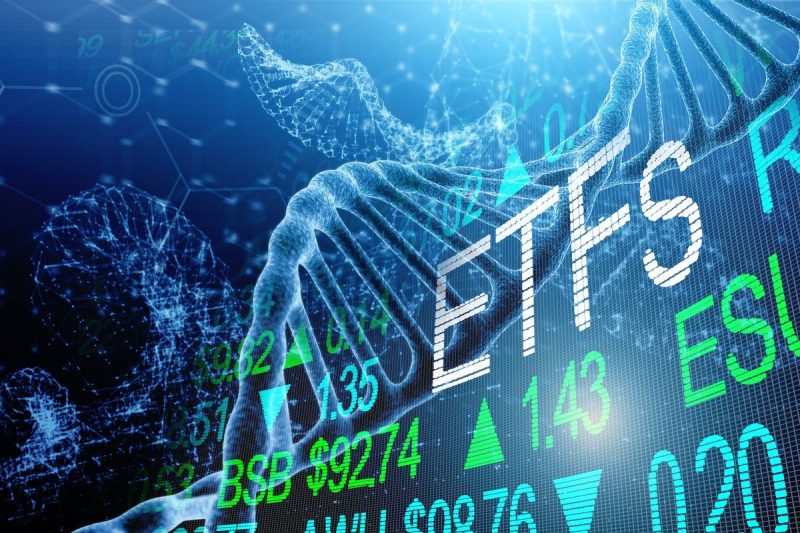
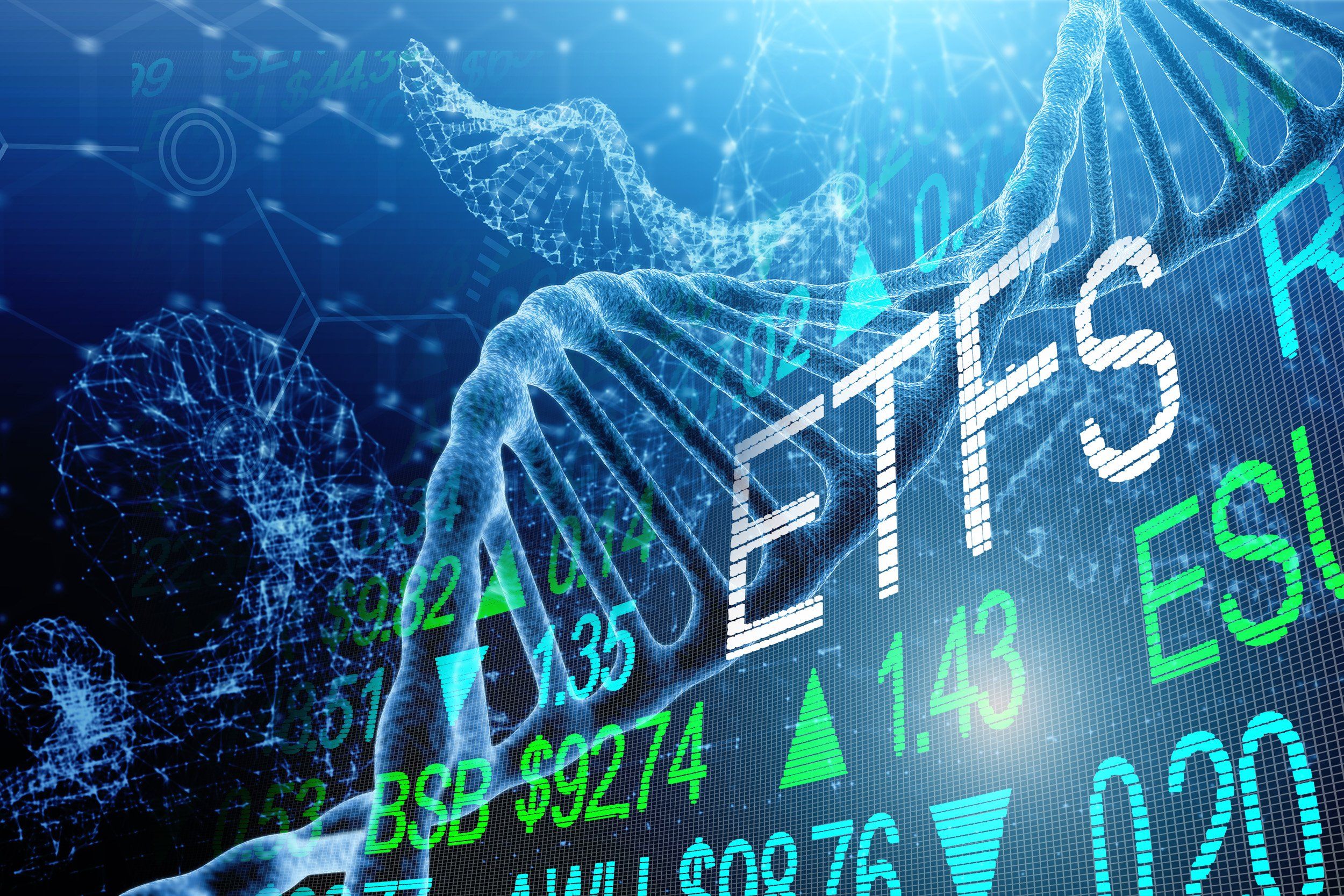
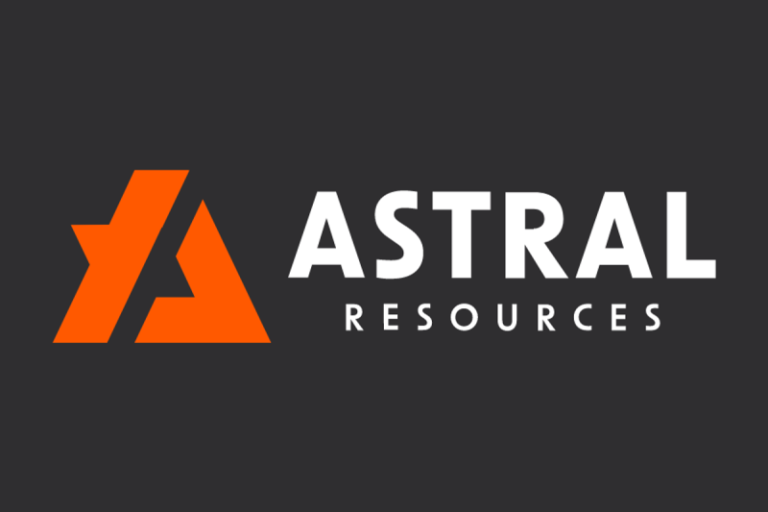
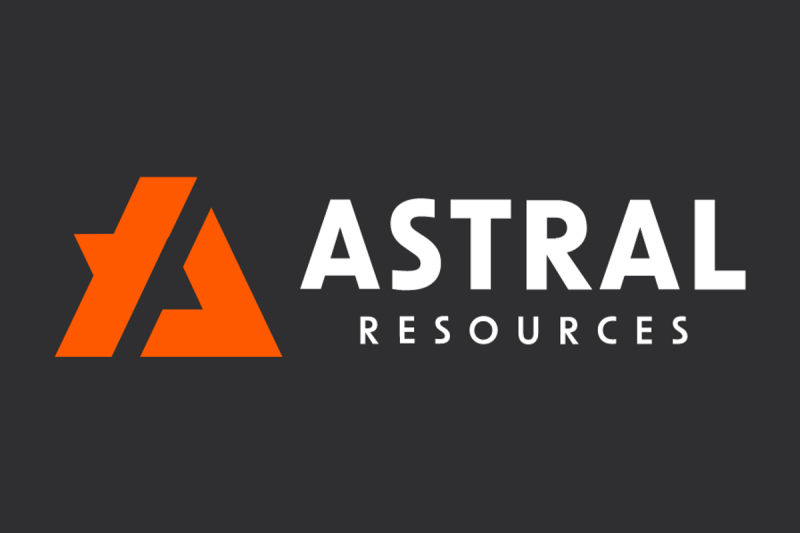
 Astral Resources (AAR:AU) has announced Strongly Supported $65m Placement to Advance Mandilla
Astral Resources (AAR:AU) has announced Strongly Supported $65m Placement to Advance Mandilla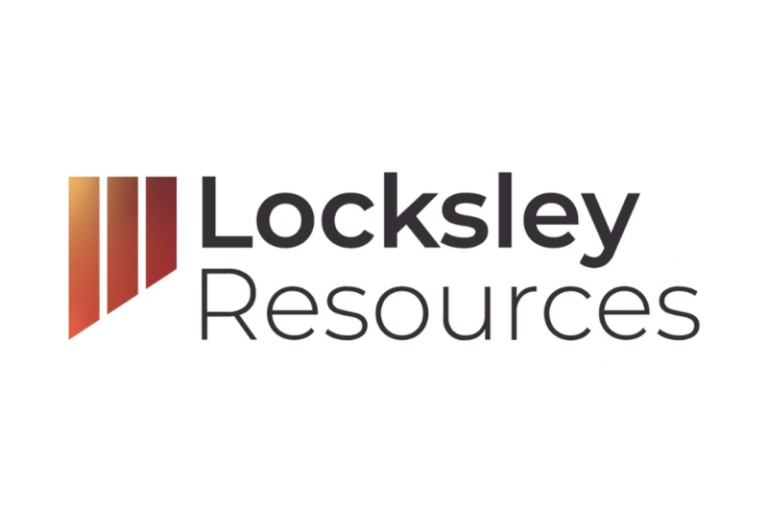





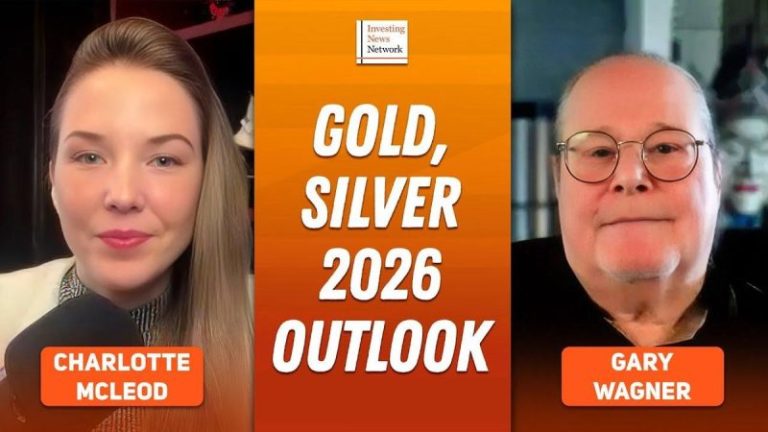
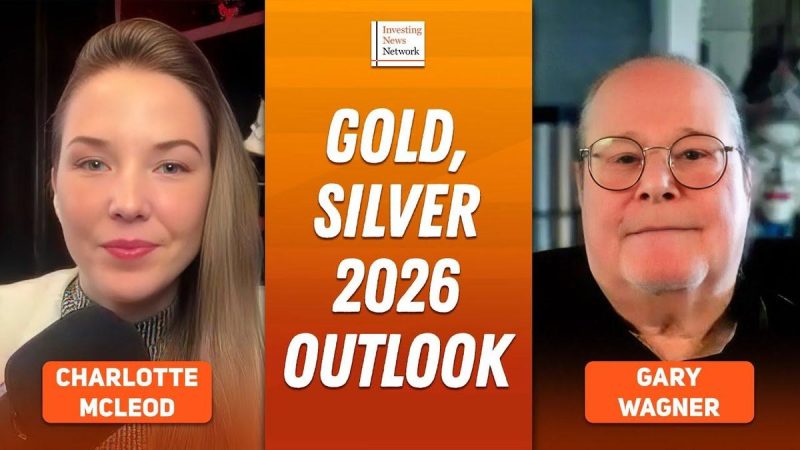
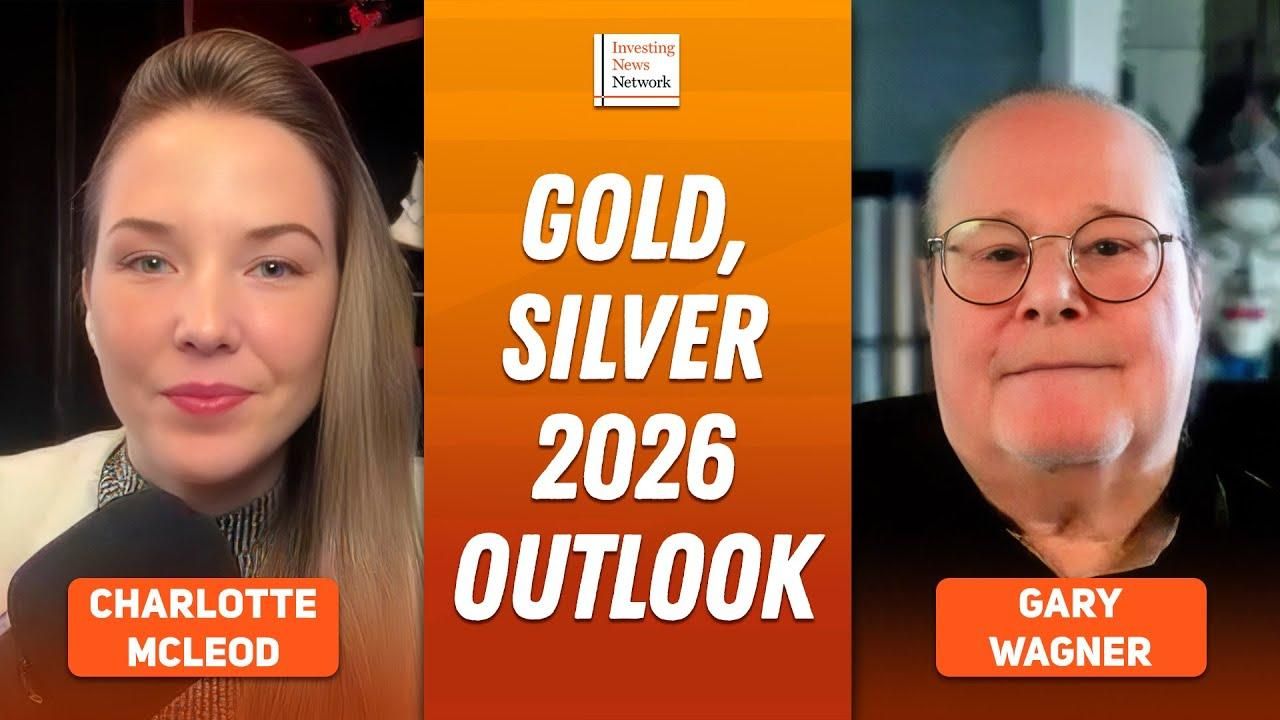
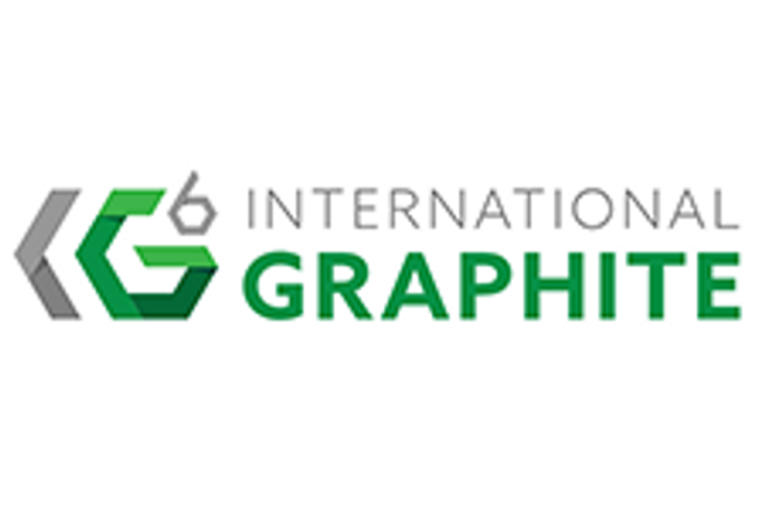
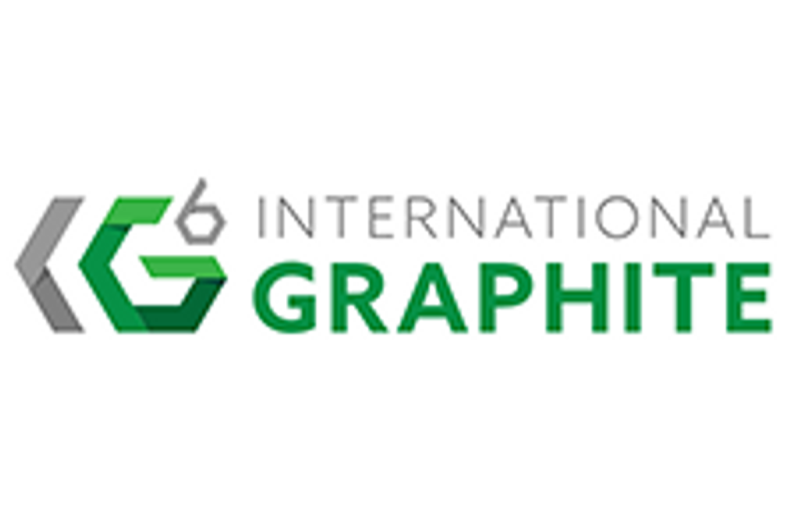
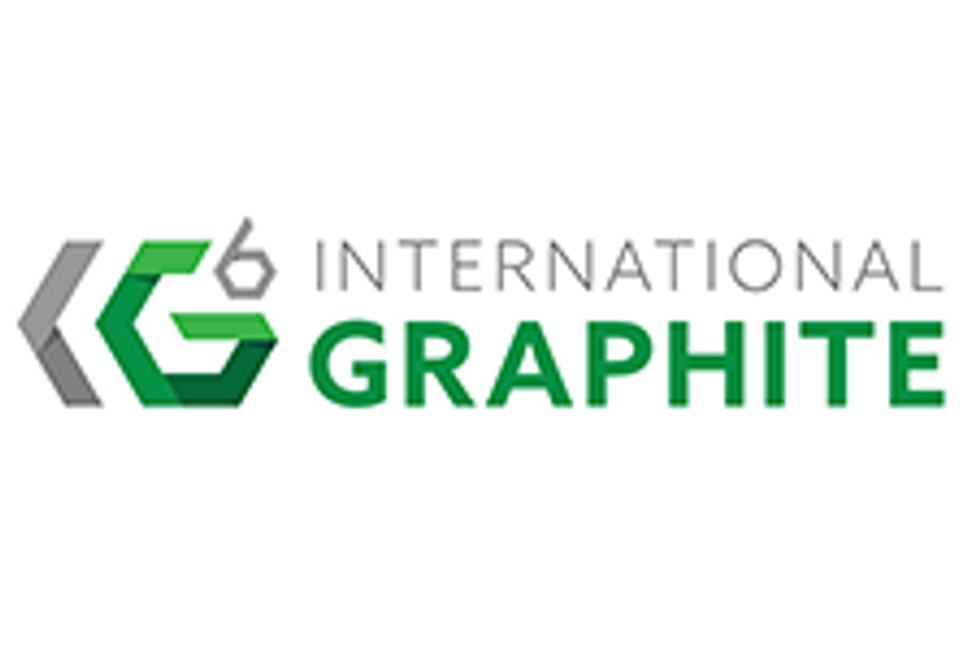 International Graphite (IG6:AU) has announced Expandable Graphite Facility techno-economic evaluation
International Graphite (IG6:AU) has announced Expandable Graphite Facility techno-economic evaluation


